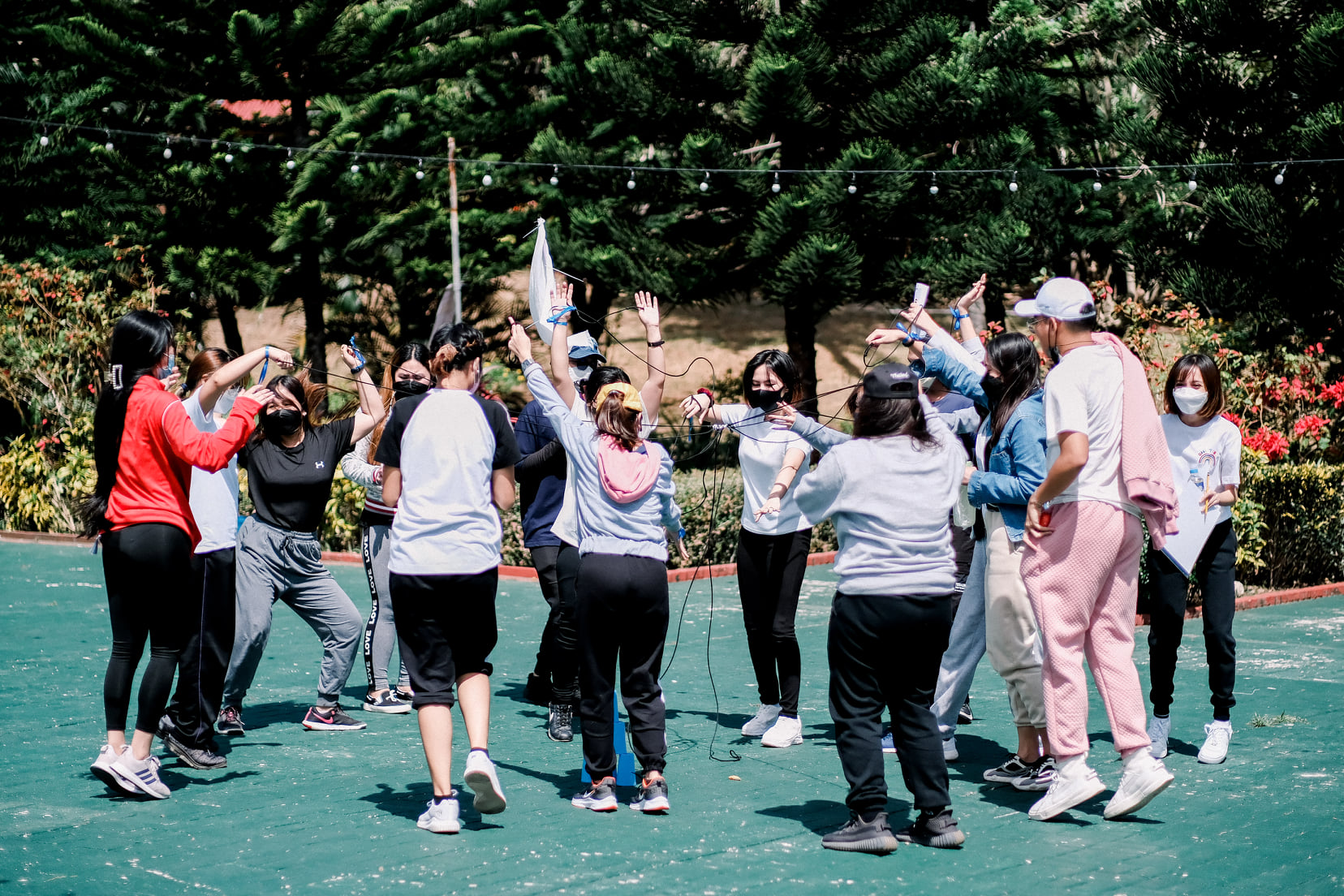Hip replacement surgery has transformed the lives of millions worldwide by restoring mobility and reducing chronic pain. Yet, surgery is only the first step. Recovery depends heavily on what happens afterward—especially the role of total hip replacement exercises. These exercises are not just an optional add-on but a cornerstone of successful rehabilitation. They rebuild strength, restore movement, and protect the new joint. At the Hips and Knees Joint Restoration and Replacement Center in the Philippines, patients from the USA, Australia, New Zealand, and the UK discover how guided exercise programs support faster healing and help them return to an active, fulfilling life.
Why Exercises Matter After Total Hip Replacement
Total hip replacement exercises are essential for several reasons. First, they prevent stiffness and encourage blood flow, lowering the risk of post-surgery complications such as blood clots. They also strengthen the muscles around the new joint, creating stability that protects the implant. Patients who commit to their exercise plan typically regain independence sooner, walking without support, climbing stairs, and resuming daily routines with confidence.
Beyond physical strength, total hip replacement exercises also promote mental well-being. Regaining control of movement boosts confidence and reduces the frustration often caused by months or years of restricted mobility. Many patients at the Hips and Knees Joint Restoration and Replacement Center describe these exercises as the bridge between surgery and reclaiming their life.
When to Start Total Hip Replacement Exercises
The right timing is critical. Total hip replacement exercises usually begin within hours or days after surgery, under medical supervision. Early exercises are gentle, designed to activate circulation and keep muscles engaged without putting stress on the new joint.
During the first few weeks, patients progress through carefully structured movements to rebuild range of motion and strength. Around six weeks after surgery, the focus shifts to advanced exercises that prepare patients for independent living. While timelines may vary, one thing remains constant: every stage of recovery benefits from tailored total hip replacement exercises. At our Center, personalized rehabilitation plans are created for each international patient, ensuring a safe and effective approach.
Types of Total Hip Replacement Exercises
Early Post-Surgery Exercises
The first set of total hip replacement exercises focuses on circulation and gentle activation:
- Ankle pumps: Flexing and pointing the toes improves blood flow and reduces swelling.
- Heel slides: Sliding the heel along the bed restores gentle hip movement.
- Quadriceps sets: Tightening the thigh muscles helps maintain strength.
These exercises are simple yet powerful, providing a foundation for recovery. Patients are encouraged to repeat them several times daily, starting from the hospital bed.
Strengthening and Mobility Exercises
As healing progresses, total hip replacement exercises advance to strengthening movements:
- Glute bridges: Lifting the hips while lying down strengthens gluteal muscles and stabilizes the pelvis.
- Standing hip abductions: Moving the leg to the side builds hip strength and balance.
- Seated knee extensions: Straightening the knee while seated reinforces quadriceps strength.
These exercises prepare patients to stand, walk, and manage daily activities with greater ease.
Advanced Functional Exercises
After the initial recovery period, patients move on to total hip replacement exercises that mimic real-life movements:
- Step-ups: Practicing controlled steps builds coordination and leg strength.
- Mini squats: Small, safe squats improve lower body endurance.
- Balance exercises: Standing on one leg or using stability supports enhances confidence and coordination.
These advanced exercises are crucial for returning to normal life—whether that means climbing stairs, gardening, or even enjoying low-impact sports.
Precautions During Hip Replacement Exercises
While total hip replacement exercises are vital, they must be performed with care. Patients should avoid crossing their legs, twisting the hip, or bending too far forward, especially in the early stages. Overexertion can lead to pain, swelling, or even dislocation of the new joint. Warning signs such as sharp pain, persistent swelling, or unusual discomfort should never be ignored.
The Hips and Knees Joint Restoration and Replacement Center emphasizes guided rehabilitation, ensuring every exercise is performed safely under expert supervision. Telemedicine support also allows patients traveling abroad to continue recovery with confidence after returning home.
The Direct Anterior Approach Advantage
One of the reasons patients travel to the Philippines for surgery is the availability of the Direct Anterior Approach (DAA). This advanced, minimally invasive method allows surgeons to access the hip joint without cutting major muscles. The result is less pain, reduced muscle damage, and a faster return to activity.
Because of this technique, patients often start total hip replacement exercises sooner compared to traditional surgical methods. The quicker they begin, the quicker they regain independence. Many international patients who choose the Hips and Knees Joint Restoration and Replacement Center report walking unassisted far earlier than they expected.
Customized Rehabilitation at Hips and Knees Joint Restoration and Replacement Center
Recovery is not one-size-fits-all. That’s why our Center designs customized rehabilitation programs for every patient. Total hip replacement exercises are tailored to each person’s age, physical condition, and lifestyle goals. Whether the aim is to return to light sports, manage work responsibilities, or simply enjoy daily routines without pain, the program adapts to fit those needs.
International patients especially appreciate the seamless aftercare process. Telemedicine consultations provide reassurance, while follow-up exercise plans allow safe progress at home. Comfortable accommodations near the Center ensure a stress-free environment for initial recovery before travel. This personalized approach has earned the Center recognition as a trusted global destination for joint restoration.
Lifestyle Integration: Moving Beyond Exercises
Total hip replacement exercises are the foundation, but long-term recovery also depends on lifestyle choices. Patients are encouraged to incorporate low-impact activities such as walking, swimming, or stationary cycling. These movements keep the hip joint active without overloading it.
Nutrition also plays a role. A diet rich in lean proteins, calcium, and vitamins supports healing and bone health. Maintaining a healthy weight protects the artificial joint, reducing wear and prolonging its lifespan.
Patients who continue exercising and adopting active habits often enjoy decades of pain-free movement. For many, hip replacement surgery is not just about regaining mobility—it’s about rediscovering the joy of living fully.
Takeaway
The journey to recovery after hip replacement surgery is defined by commitment to total hip replacement exercises. These exercises accelerate healing, strengthen muscles, and ensure long-term success of the new joint. At the Hips and Knees Joint Restoration and Replacement Center in the Philippines, international patients discover not only expert surgical care but also compassionate guidance through every stage of recovery. By combining advanced techniques like the Direct Anterior Approach with personalized rehabilitation, the Center helps patients move better, heal faster, and live life without limits.
Frequently Asked Questions
How soon can I start total hip replacement exercises after surgery?
Most patients begin gentle exercises within 24 hours under supervision. Early movement is crucial to prevent stiffness and blood clots.
What are the safest exercises right after hip replacement?
Ankle pumps, heel slides, and quadriceps sets are safe and effective during the early recovery phase.
Can exercises prevent hip dislocation after surgery?
Yes, strengthening muscles around the hip provides stability that reduces dislocation risks. Following movement precautions also helps.
Do I need a physical therapist to guide me, or can I exercise at home?
A therapist ensures proper form and safety during the first stages. Once techniques are mastered, many patients continue total hip replacement exercises at home.
How long will I need to keep doing these exercises?
Most patients continue structured exercises for at least 3–6 months, but incorporating them into daily routines helps maintain strength and mobility for years.






